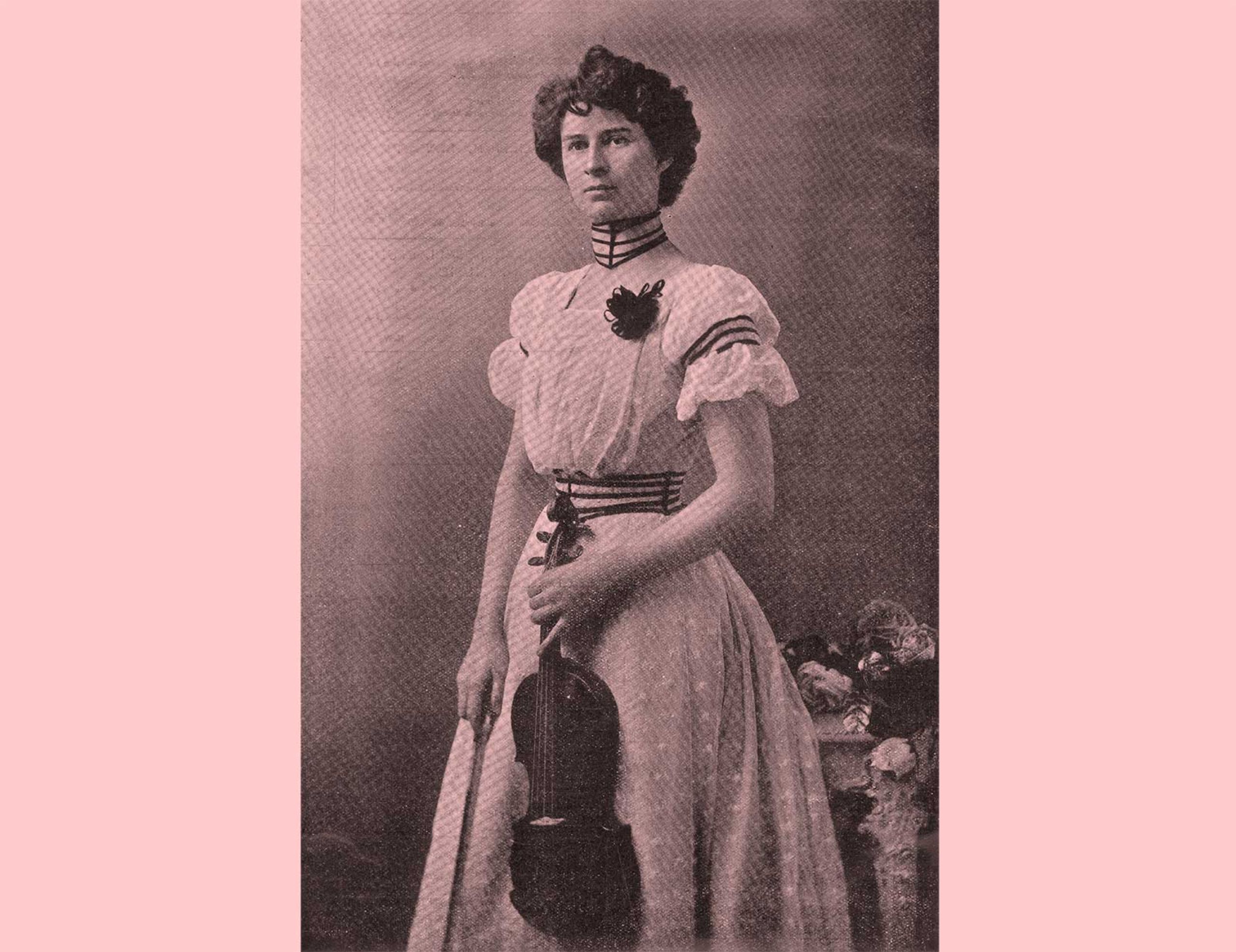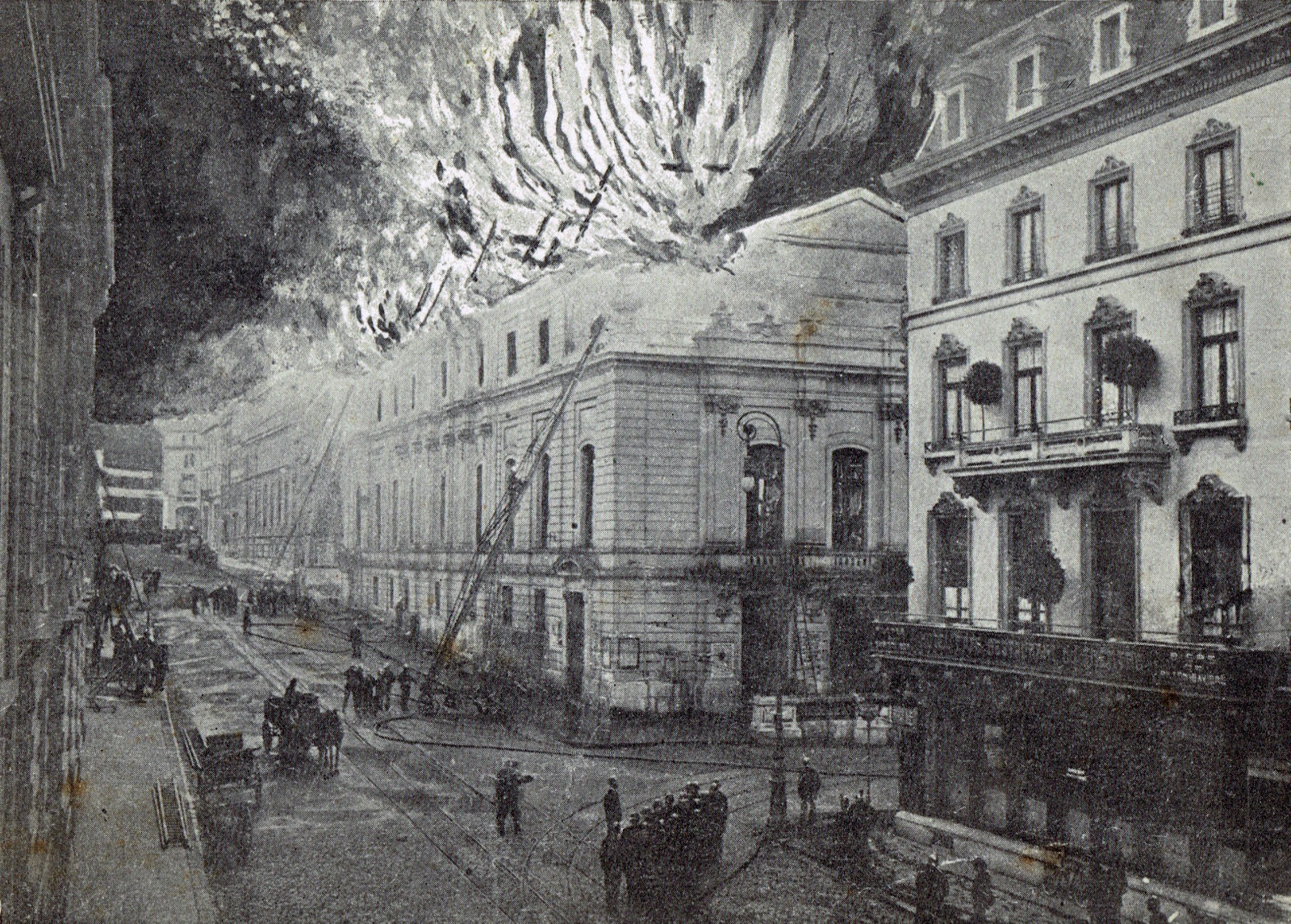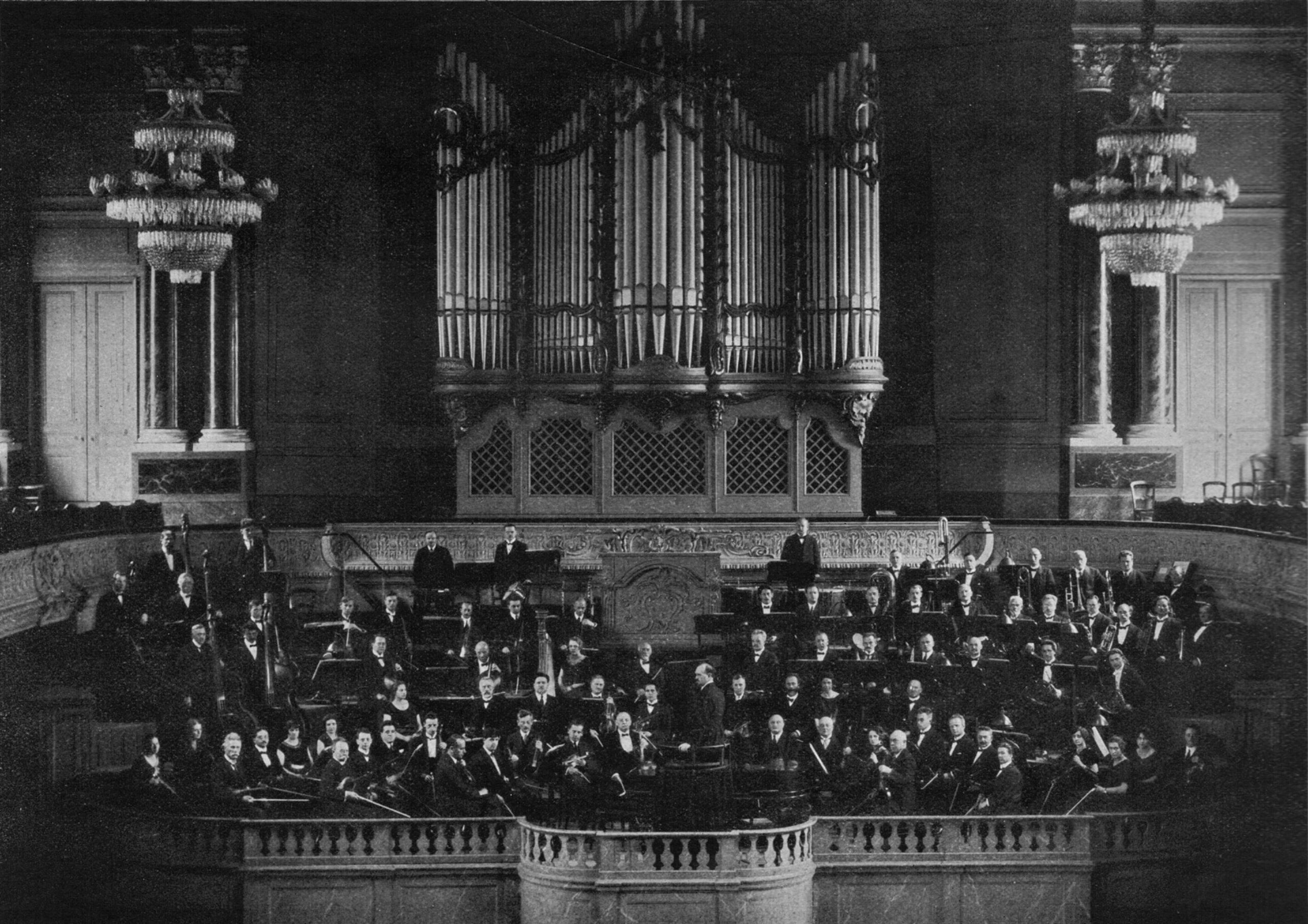From the Allgemeine Musikgesellschaft to the Basel Orchestral Society
In 1876 the concert hall on Steinenberg opened, and the Allgemeine Musikgesellschaft was established – laying the foundation for the Basel orchestra's flourishing development that continued until World War 1. In 1921, as a consequence of the financially stretched post-war years, a new orchestral sponsor emerged: the Basel Orchestral Society (BOG), which shaped Basel's orchestral scene for almost seventy years. In 1970 it even incorporated a second orchestra: the Radio-Sinfonieorchester Basel.
















